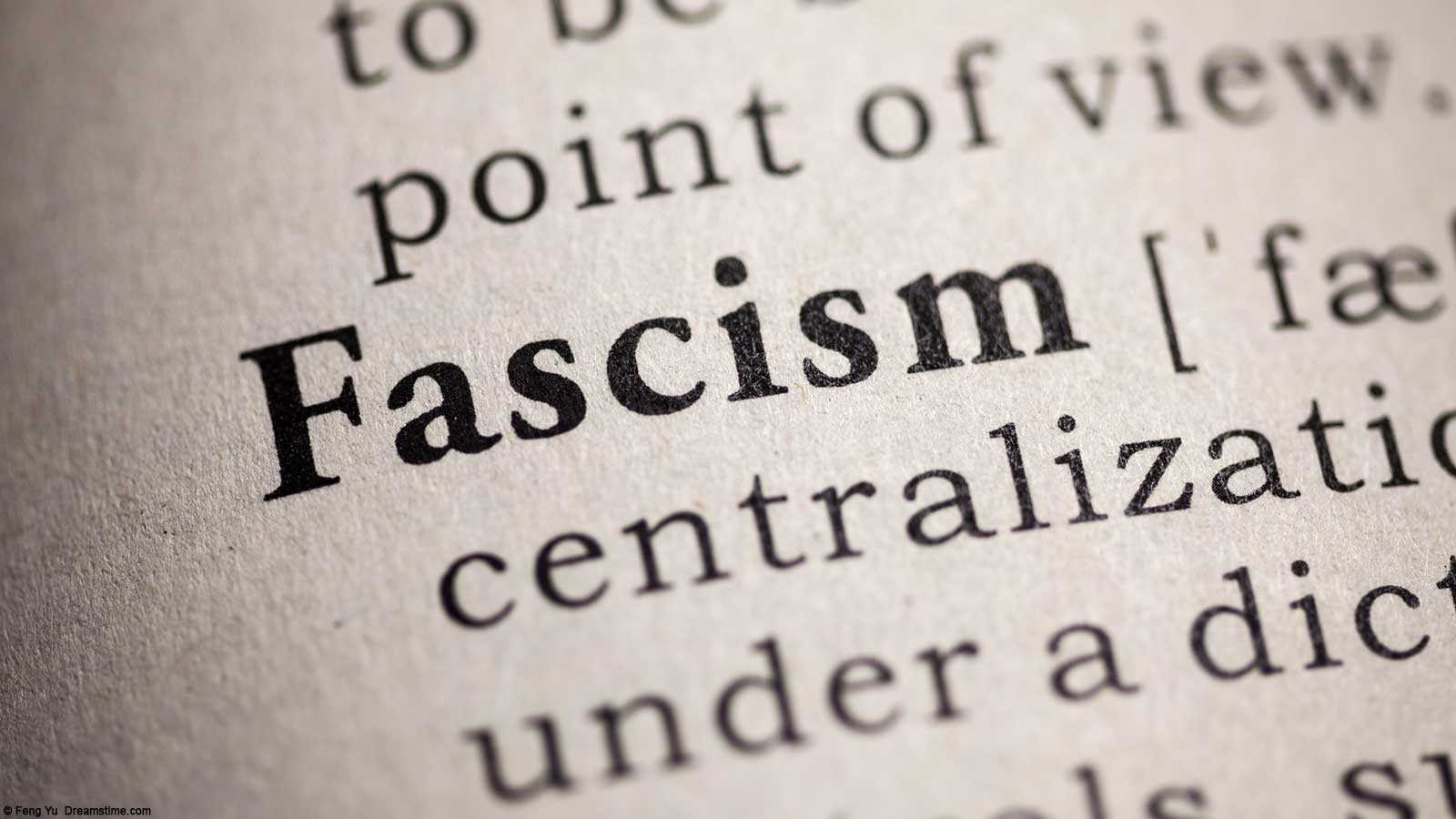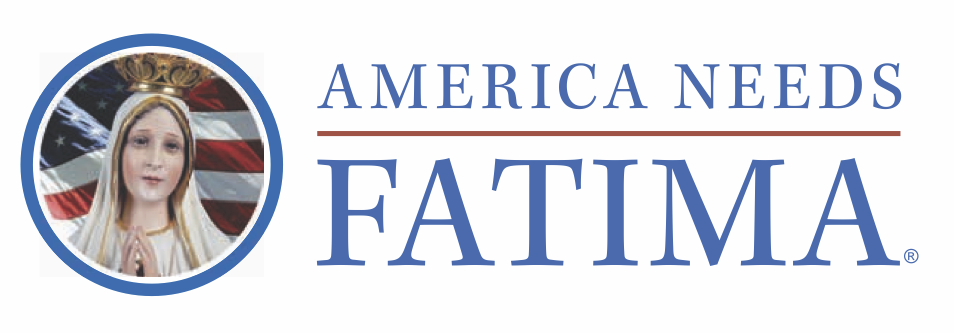
TOPICS:
Unmasking Fascism
Oct 01, 2025 / Written by: Gary Isbell
Tracing Its Unexpected Origins in Socialist Ideology
Most leftists associate fascist groups and individuals with representing the “far right.” However, fascism did not originate from the political right. It is a radical form of socialism, leading to one of the most significant ideological misunderstandings in history.
There is nothing rightist or conservative about fascism. Traditional conservatism supports limited government and individual freedoms—ideas that are completely opposed to fascism’s totalitarian, state-worshipping and anti-individualist core.
Examining the lives of fascism’s key figures can help clarify this misconception. Two persons stand out: Benito Mussolini, the embodiment of fascism, and the fascist ideologue, Giovanni Gentile.
Mussolini’s Socialist Journey
Before becoming the face of fascism, Mussolini spent 14 years as a dedicated member of the Italian Socialist Party. He edited the socialist weekly La Lotta di Classe (The Class Struggle) in 1910 and wrote essays such as “The Trentino as seen by a Socialist.” His radical activism eventually landed him in prison. “The Trentino” refers to Trentino, a historically Italian-speaking region in Tyrol, Austria, within the former Austro-Hungarian Empire, that became a significant location during World War I.
When released, the Italian Socialist Party rewarded his dedication by appointing him editor of Avanti!, its prestigious Milanese newspaper. Mussolini was a rising star inside the party.
World War I changed everything. Mussolini initially opposed Italy’s involvement but later switched sides and supported intervention. The Socialist Party expelled him because of this betrayal.
Capitalizing on post-war Italian frustration with the Treaty of Versailles, Mussolini founded the Fasci Italiani di Combattimento—later known as the Italian Fascist Party. Using violence and nationalist feelings, he took power with his notorious black-shirted squads, much like Antifa operates today. Antifa causes confusion because they act as fascists while calling themselves anti-fascist.
Meet Fascism’s True Architect
Giovanni Gentile was the intellectual founder of fascism. Hegel, Nietzsche and Marx inspired his philosophy, and he co-developed the doctrine of fascism with Mussolini.
Gentile’s own words eliminate any doubt about fascism’s nature: “Fascism is a form of socialism; in fact, it is its most viable form.” He saw fascism as socialism rooted in national identity rather than international class struggle.1
Gentile’s philosophy completely rejected individualism. He saw no distinction between private and public interest; all private actions should benefit society. He supported mandatory state corporatism and self-sufficient economics, the same plan Hitler would adopt later.
Gentile believed that liberal democracy was harmful because it focused on individuals, leading to a culture of selfishness. He favored “true democracy,” where people would willingly submit to the State. This involved planned economies, where the government decided what, how much and how to produce everything.
Fascism’s Anti-Capitalist Reality
Fascism presented itself as a “third way,” rejecting both liberal capitalism and international communism. This challenge to traditional Marxism has caused years of confusion, leading many to see fascism as right-wing because it opposed communism. However, fascist economic policies are just as collectivist and anti-free-market as communism.
Unlike communism, fascism did not require state ownership of all means of production; instead, it required complete state control over all means of production. Business owners could “keep” their companies as long as they followed state directives. Public officials supervised them and imposed heavy taxes that all but eliminated real private property. They also imposed capital taxes and confiscated religious property.
Everything served the State through nationalist, collectivist rhetoric.
The Ultimate Proof
In 1943, Mussolini promoted the “socialization of the economy.” Remarkably, he sought advice from Nicola Bombacci, one of the founders of the Italian Communist Party. Bombacci became the primary intellectual author of the Verona Manifesto, fascism’s declaration, which deepened anti-capitalism and restraint on individual liberty. Italy became the “Italian Social Republic.”
On April 22, 1945, Mussolini released the Milan Declaration, which removed all ambiguity around the undeniable link between fascism and socialism:
“Our programs belong to what in a democratic regime is called ‘left’; our ideal is the Labor State... we are the working class in struggle for life and death, against capitalism. We are the revolutionaries. The real danger, the threat against which we fight relentlessly, comes from the right.” 2
The Historical Verdict
Fascism is the nationalist branch of socialism, not right-wing extremism. The confusion stems from fascism’s fight against communism during World War II and other aspects of international socialism. The fight was actually a conflict between different leftist ideologies, not a battle between left and right.
Recognizing fascism’s true origins clarifies how radical leftist movements emerge and engage using false arguments and vague expressions. The label of fascism is nothing more than: Accuse your opponents of what you are doing to create confusion, and convince voters of your own innocence.
Footnotes:



